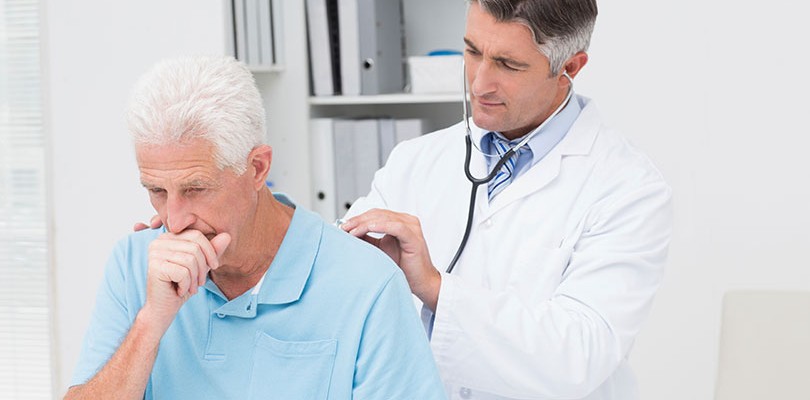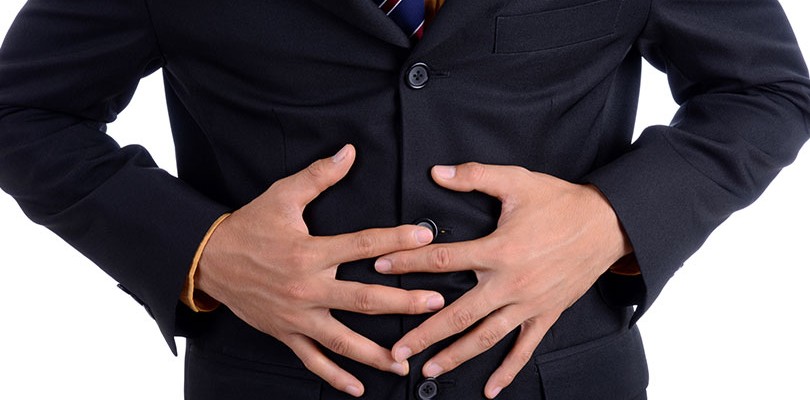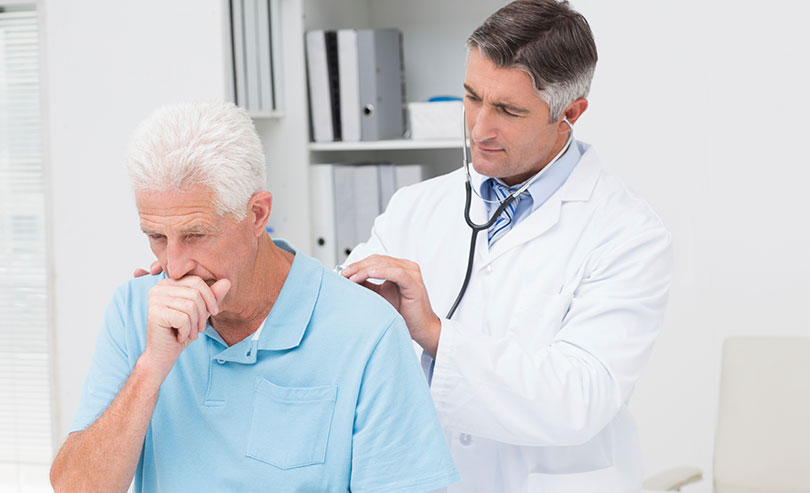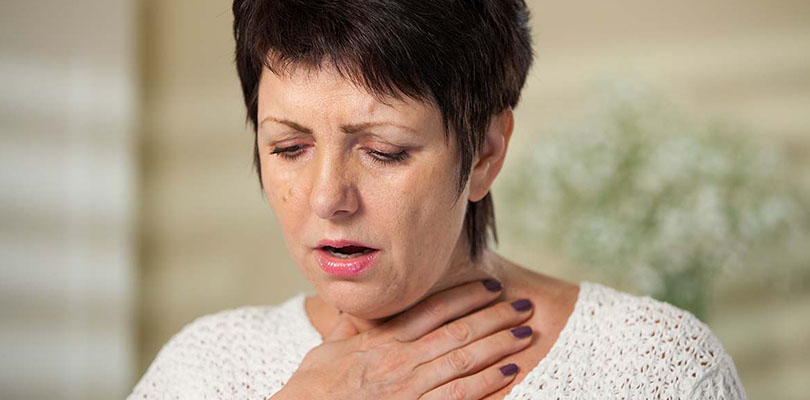
Photo Credit: NADOFOTOS / istockphoto.com
Understanding the Incidence of Certain Cancers, and Who Is Most at Risk
Cancer prevalence can be measured in different ways. For instance, the most common cancers among men may not be the most common cancers among women, and vice versa. Also, the types of cancer most often seen in America are not necessarily the cancers that most often affect the populations of other countries. In turn, determining which types of cancer are the biggest dangers for you will depend on a variety of variables, like where you live, your gender, your age and your individual habits.
Understanding the most common cancers in general, and those that relate more closely to your personal situation, can help to clarify the risks that you, your family and the wider community are facing. Here are the ten top offenders, according to recent statistics.
Breast Cancer
Breast cancer gets a lot of press, and for good reason: one in eight women will be diagnosed with breast cancer during their lifetime, making it one of the two most prevalent cancers for women (statistics suggest that breast cancer and lung cancer may switch spots in any given year). Breast cancer can either develop in the milk ducts or the breast lobules, and both types are more common after middle age. Lumps — whether painful or not — are the most common and clear sign of trouble, but since breast cancer can hide deep in the tissue, doctors recommend annual (or periodic) mammograms for women over 40.

Photo Credit: Wavebreakmedia / istockphoto.com
Prostate Cancer
The most common cancer among men has also made some big strides in recent years. Although a whopping 80 percent of men over 80 have prostate cancer cells, earlier testing and better methods of detection have increased the five-year survival rate dramatically. Of course, the key is to catch the cancer early, which means any symptoms like weak urine stream, the urge to urinate frequently, or blood in the urine, along with numbness in the legs and feet, should be reported right away. You are at a higher risk of prostate cancer if you smoke, drink heavily or eat a high-fat diet.

Photo Credit: Wavebreakmedia / istockphoto.com
Lung Cancer
Smoking increases your risk of developing a number of different cancers, but the link between smoking and lung cancer is the strongest. Cigarette smoking accounts for 87 percent of lung cancer deaths in men, and 70 percent of lung cancer deaths in women. Second-hand smoke can be just as deadly. Small-cell lung cancers are more difficult to treat than large-cell lung cancers because they’re so aggressive, but survival rates for any type of lung cancer generally aren’t good. Lung cancer is consistently listed as one of the most prevalent and deadliest cancers across the globe, but it’s also the most preventable cancer in the world.

Photo Credit: XiXinXing / istockphoto.com
Colorectal Cancer
Age plays a pretty big part in colorectal cancer risk; about 90 percent of people diagnosed with colorectal cancer are over age 50. Although genetic predisposition and other bowel problems will also raise your risk, lifestyle choices are just as important to consider. Obesity, processed food, lots of red meat, smoking and heavy alcohol use can set the stage for colorectal cancer. If you have risk factors and notice symptoms like abdominal tenderness, blood in your stool or unusual changes in your bathroom habits, you may want to schedule a colonoscopy or another test to investigate further.

Photo Credit: KatarzynaBialasiewicz / istockphoto.com
Bladder Cancer
Bladder cancer can go undiagnosed for a long time, partly because the symptoms are so easily confused with other, less serious conditions. An urge to urinate, even when your bladder isn’t full, and the inability to hold your urine could be signs of bladder cancer, but they could also point to a UTI or overactive bladder syndrome. Likewise, blood in the urine could have a number of causes, but it always warrants further investigation. Exposure to toxic chemicals may increase your risk of developing bladder cancer, and smokers are three times more likely to develop it than non-smokers.
Chronic myeloid leukemia (CML) is a relatively rare disease, but it is often slow-growing and can respond very well to treatment.

Photo Credit: loooby / istockphoto.com
Melanomas
Skin cancer can come in several forms, but melanoma is the most dangerous. In many cases, it begins with a new mole or skin discoloration that goes unchecked and quickly spreads to other areas. Those with fair skin are more prone to melanomas, especially if one or more family members have been diagnosed with this type of cancer. The sun’s ultraviolet rays are the cause of melanoma, which means the more unprotected sun exposure you get, the higher your risk. It’s expected that there will be over 73,000 new cases of melanoma this year — take smart steps now to make sure you’re not one of them.

Photo Credit: monkeybusinessimages / istockphoto.com
Non-Hodgkin Lymphoma
Cancers of the blood tend not to discriminate between age, gender or race as much as some other types of cancer. However, non-Hodgkin lymphoma is most often seen in people over 60 who live in developed countries of Europe and North America. This type of cancer affects the white blood cells in the lymph system, and disrupts the body’s natural defenses against infection and tumor growth. Certain chronic viruses can increase your risk of developing non-Hodgkin lymphoma, including HIV and the Epstein-Barr virus.

Photo Credit: dangdumrong / istockphoto.com
Stomach Cancer
Stomach cancer is not as prevalent as lung or breast cancer in developed countries, but it is a leading cause of cancer-related deaths across the globe. It typically affects people over 65, and men are more likely to contract it than women. Lifestyle and environment seem to play the biggest role in your stomach cancer risk, given that a diet rich in smoked meats, salted foods, pickled vegetables and other sources of nitrates can dramatically increase your chances of developing it. There is also a strong link between stomach cancer and helicobacter pylori infection — a germ that can lead to long-term inflammation in the stomach, and eventually, pre-cancerous changes in the stomach lining.

Photo Credit: stevecoleimages / istockphoto.com
Kidney Cancer
The National Cancer Institute estimates that over 61,000 new cases of kidney cancer (also known as renal cell carcinoma, or RCC) will be reported by the end of 2015, with most cases occurring among people with advanced kidney disease or health conditions that affect kidney function. Men are twice as likely to develop kidney cancer as women, but anyone with a horseshoe kidney or polycystic kidney disease is at a greater risk for kidney cancer. If caught early, tumors can often be removed completely.

Photo Credit: XiXinXing / istockphoto.com
Ovarian Cancer
While it’s not nearly as prevalent as breast cancer in women, ovarian cancer can be particularly dangerous because there are generally very few symptoms in the earlier stages. The medical community is still uncertain about the roots of ovarian cancer, but they have determined that women over age 55 are most likely to contract it, and even more likely if they’ve never had children. Stomach pain, loss of appetite, and swelling in the abdomen but losing weight elsewhere can be signs of ovarian cancer.
There are dozens of cancers that don’t make the top ten list, but are still important to keep on your radar. Talk to your doctor about your family history and your own lifestyle to determine if you’re at risk for a particular type of cancer, and what you may be able to do about it. The earlier you take a proactive role in your health, the better your chances of catching early warning signs and overcoming the danger.
Instead of living in fear of a devastating diagnosis, take a closer look at the evidence behind the common claims that these ingredients cause cancer.








